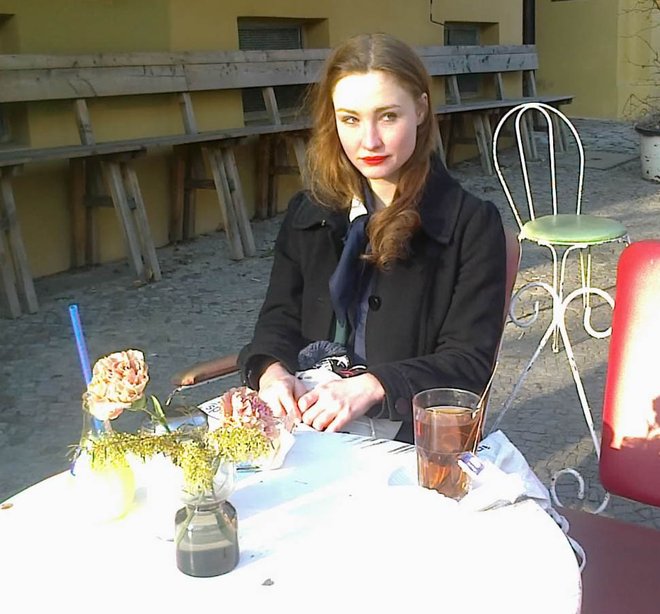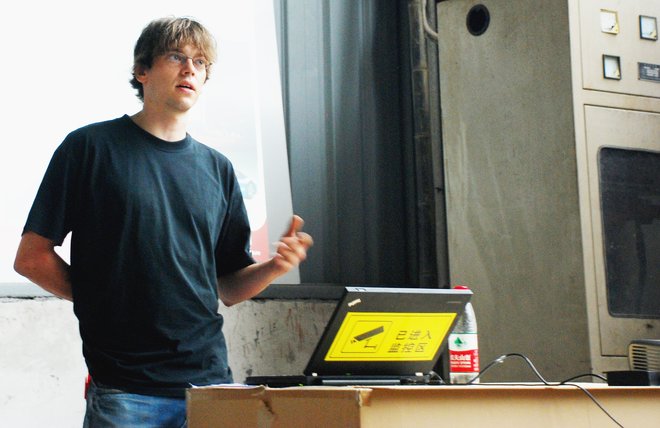A Summery of Statements
Improve the world? Fulfill a function? Raise questions? What is the task of design today? We interviewed students from the master’s degree program Product Design / Sustainable Product Cultures at the renowned Bauhaus-Universität Weimar. They visited the Vienna Biennale Ideas for Change (MAK) and provided critical comments on their discipline.
“Why should precisely the ranks of the designers be able to change the world?” (Muriel McCalla)
Many designers feel it is their responsibility to improve the world. Not that world improvement isn’t urgent. But why should precisely the ranks of the designers succeed? Single-handedly it is not possible. More professions must be involved in order to attain fundamental change in social, political, economic, and ecological realms. The world doesn’t need lone wolves among designers rather a change in values that permeates all professional groups. It is also important to not become fixated, to not see the involvement as a typical problem-solution situation.
“Colorful images conceal serious and threatening scenarios!” (Lisa Hofmann)
Interdisciplinary and participatory design beyond the kitsch and
trinkets celebrated internationally on fairs and blogs – what can it
achieve? Design can be inspiring and generate alternatives, as the
biennale in Vienna Biennale shows. However, the
colorful images conceal serious and threatening scenarios. Designers
walk a thin line between sugarcoating and hopelessness. But design has
the advantage that it generates interest, because it is fun.
That is perhaps one of the most important aspects – and the challenge: to convey content, exercise critique, and point out shortcomings without lecturing, proselytizing, or being missionary. It is adaptable, it is everything and nothing, magic and reason, hard work and fun. Design is not a science, and it is also not a commercial art; it is not a hermetically sealed discipline that will sooner or later outlive itself. The future of design? Not running behind but running ahead, with heads held high! Design can make the avant-garde visible, it can set an example, reveal dangers, provide access to abstract theories, or lead to surprising and exceptional results as a form of research in itself.
“Designers don’t design just products for a long time now!” (Daniel Scheider)
I find it exciting when design reflects the complexity of our reality. I
see programs like Product Design / Sustainable Product Cultures at the
Bauhaus-Universität Weimar in an interplay between the desire of my
fellow humans to wantonly consume and the aspiration to preserve the
world with all of its options for future generations.
Trained in creative techniques, it is a part of a product designer’s core activities to systematically explore innovations. Beyond this classic scope of work, design as a communication discipline can sharpen the awareness for the ecological and social consequences of our actions. In alliance with other disciplines it contributes to making the complex consequences of our actions more understandable and thereby provides orientation for others. Furthermore, as a creative discipline between professions it can outline new business models and reveal alternative paths within our system.





